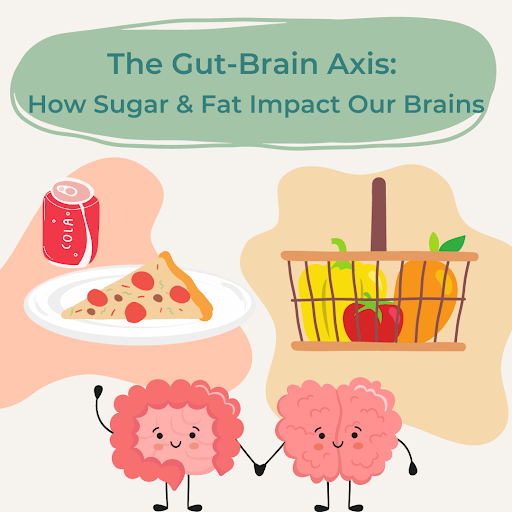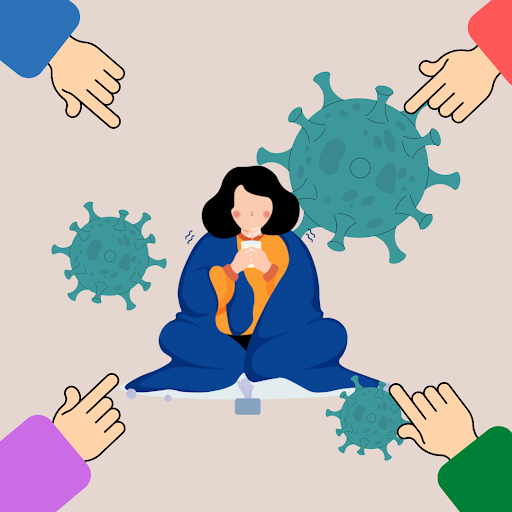The Dangers Of Fast Fashion
By Alana Liriano, C2ST Intern, Loyola University
Fast fashion is a manufacturing and marketing method used to rapidly produce high volumes of clothing with a focus on replicating trends and keeping prices inexpensive with low-quality synthetic materials. At first glance, fast fashion stores may seem appealing with their racks of cheap and trendy clothes and the newest pop music playing. Online-only fast fashion stores are also popular and may seem even more attractive by allowing you to casually scroll through hundreds of pages of clothes from your home.


